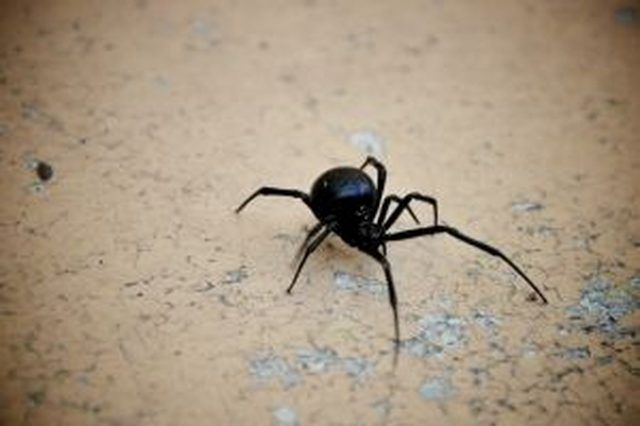Bulbs
Flower Basics
Flower Beds & Specialty Gardens
Flower Garden
Garden Furniture
Garden Gnomes
Garden Seeds
Garden Sheds
Garden Statues
Garden Tools & Supplies
Gardening Basics
Green & Organic
Groundcovers & Vines
Growing Annuals
Growing Basil
Growing Beans
Growing Berries
Growing Blueberries
Growing Cactus
Growing Corn
Growing Cotton
Growing Edibles
Growing Flowers
Growing Garlic
Growing Grapes
Growing Grass
Growing Herbs
Growing Jasmine
Growing Mint
Growing Mushrooms
Orchids
Growing Peanuts
Growing Perennials
Growing Plants
Growing Rosemary
Growing Roses
Growing Strawberries
Growing Sunflowers
Growing Thyme
Growing Tomatoes
Growing Tulips
Growing Vegetables
Herb Basics
Herb Garden
Indoor Growing
Landscaping Basics
Landscaping Patios
Landscaping Plants
Landscaping Shrubs
Landscaping Trees
Landscaping Walks & Pathways
Lawn Basics
Lawn Maintenance
Lawn Mowers
Lawn Ornaments
Lawn Planting
Lawn Tools
Outdoor Growing
Overall Landscape Planning
Pests, Weeds & Problems
Plant Basics
Rock Garden
Rose Garden
Shrubs
Soil
Specialty Gardens
Trees
Vegetable Garden
Yard Maintenance
How to Identify Black Widow Spiders and Egg Sacs
How to Identify Black Widow Spiders and Egg Sacs. If you have noticed spiders and spider egg sacs around your home, it is important that you identify them to ascertain that they are not the poisonous variety. Black widow spider bites are poisonous and dangerous to young children, the elderly and pregnant women. Both black widows and their egg sacs...

If you have noticed spiders and spider egg sacs around your home, it is important that you identify them to ascertain that they are not the poisonous variety. Black widow spider bites are poisonous and dangerous to young children, the elderly and pregnant women. Both black widows and their egg sacs should be promptly destroyed if found in and around the home.
Things You'll Need
Flashlight
Heavy gloves
Examine the spider itself, pointing a flashlight if you need to see into dark corners. Black widows are typically small with a bulbous abdomen. The southern and western black widow spiders often have a red or orange hourglass-shaped spot on its abdomen, while the northern black widow has red bars. Black widow males are solid black. A brown spider with orange or red markings is a brown widow--not a black widow. Young female widow spiders may have orange or red spots or central stripe, with white bars -- some spiders keep their juvenile coloring into adulthood, according to Virginia Cooperative Extension.
Look closely at the spider's web. Unlike most spider webs which consist of thin spider silk woven into intricate patterns, a black widow spider web is messy and unorganized, like a cobweb. The strands will not come together to form a definitive pattern. Due to the overlapping strands a black widow spider web is very strong and hard to pull apart. Any webs of this variety around your home most likely belong to black widows.
Examine any egg sacs you find. Black widow egg sacs are small, round, and very smooth. They will generally be around the size of an English pea and a black widow may have several egg sacs within her web. A female widow can produce four to nine web sacs, each containing 200 to 400 eggs, each summer.
Consider the location of the web. Black widows prefer to nest outdoors and rarely venture inside. They can however, be found in the dark recesses of a pantry or garage.
Tips & Warnings
Use a vacuum with a hose attachment to safely dispose of widow spiders in your home.
Wear heavy gloves to protect yourself from bites when handling firewood or other items that have been stored outdoors. Widows prefer cracks and crevices that are not often disturbed.